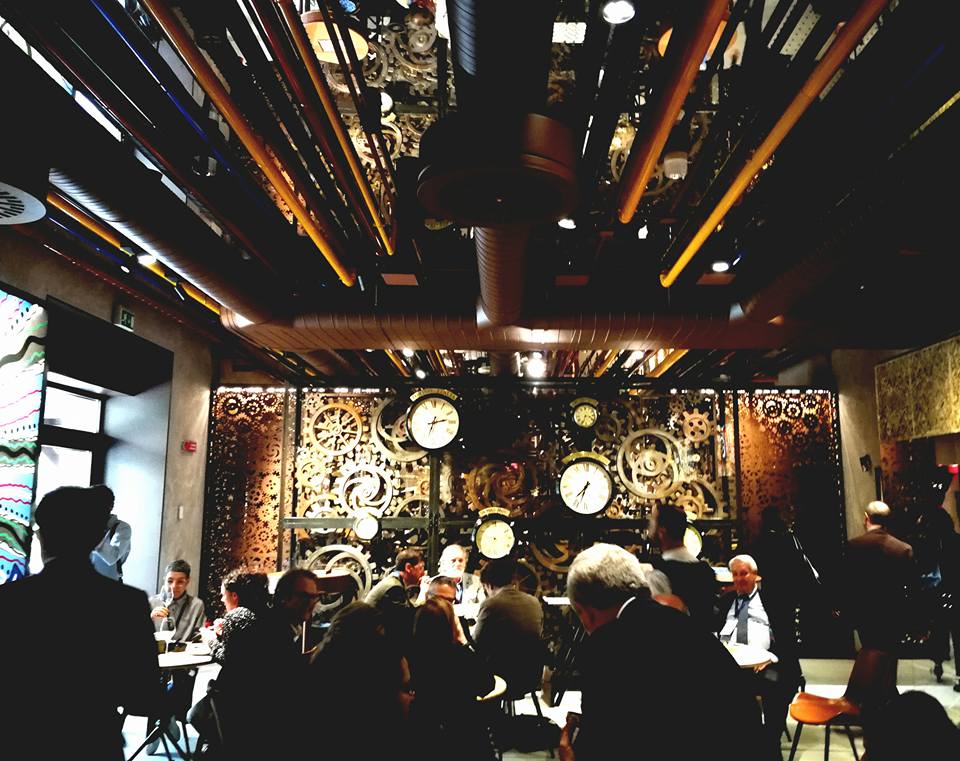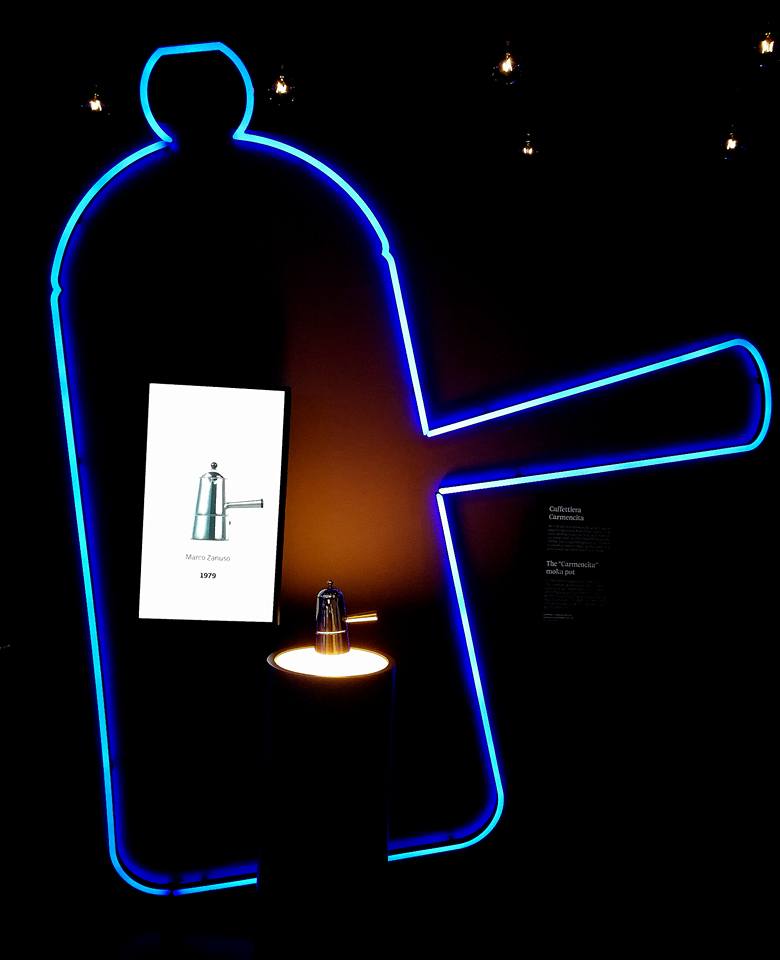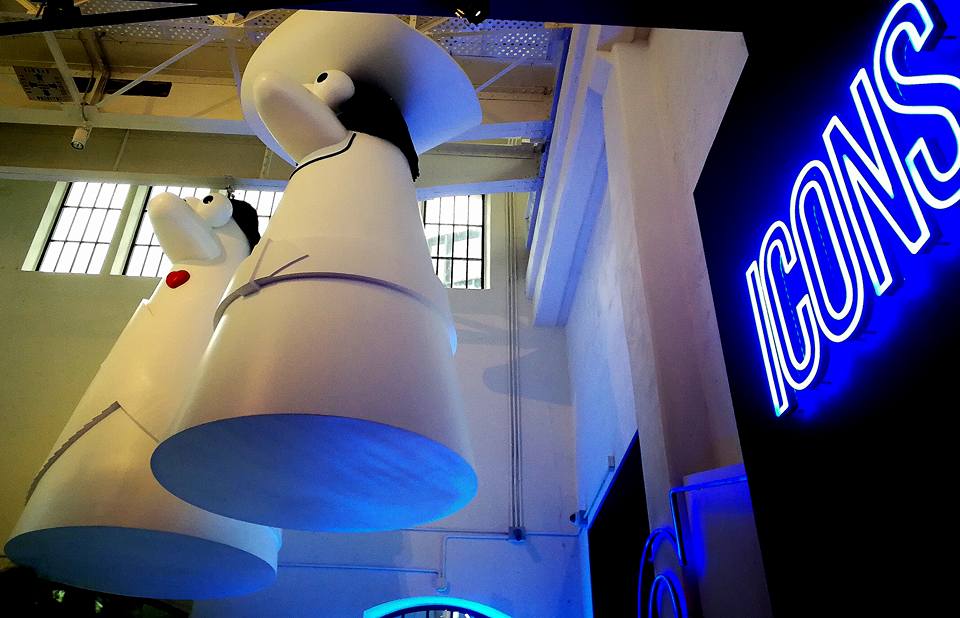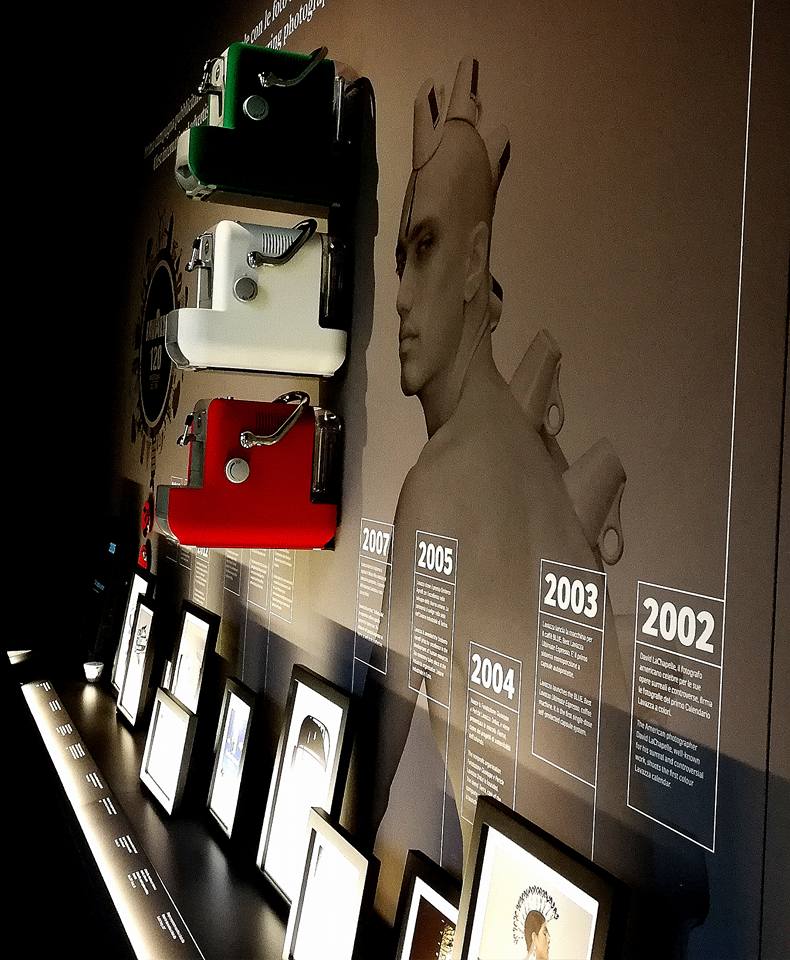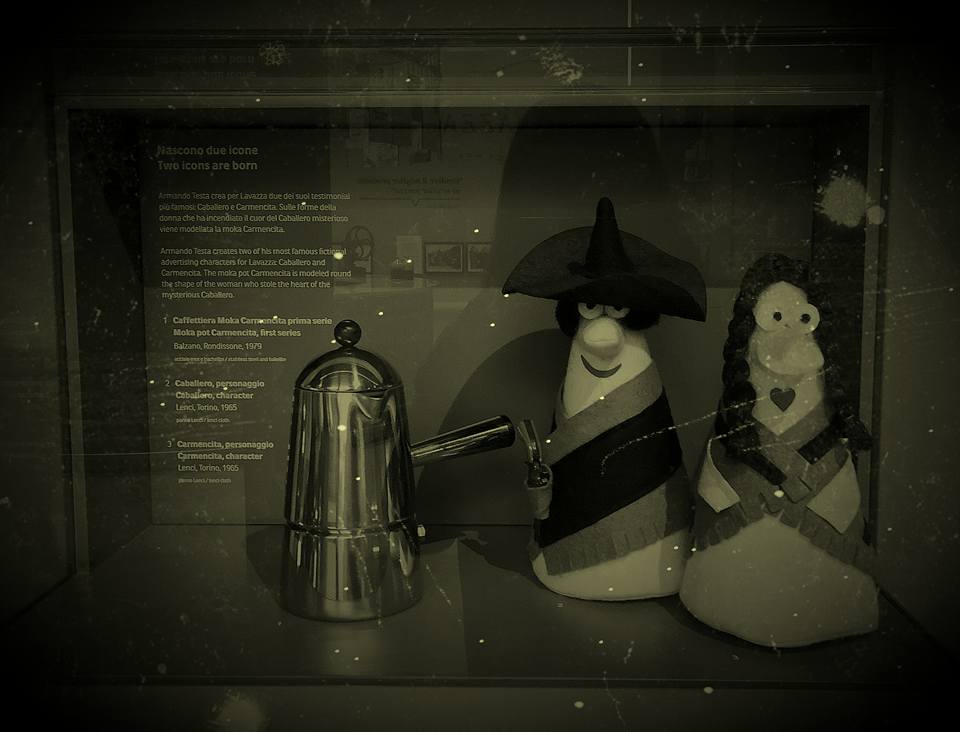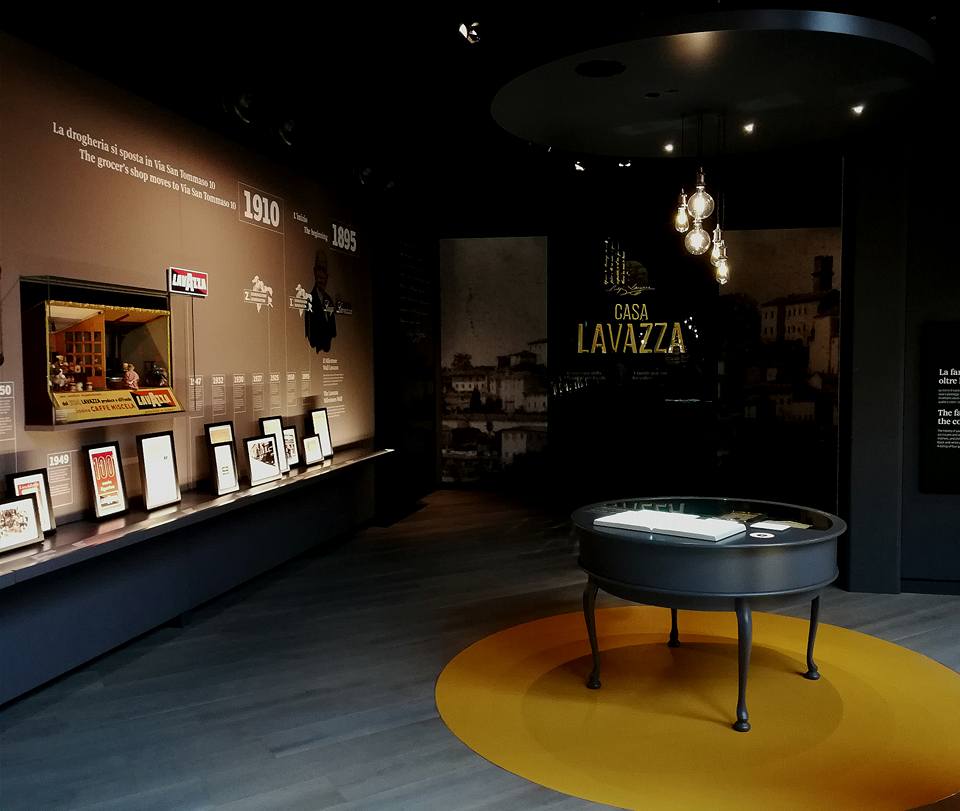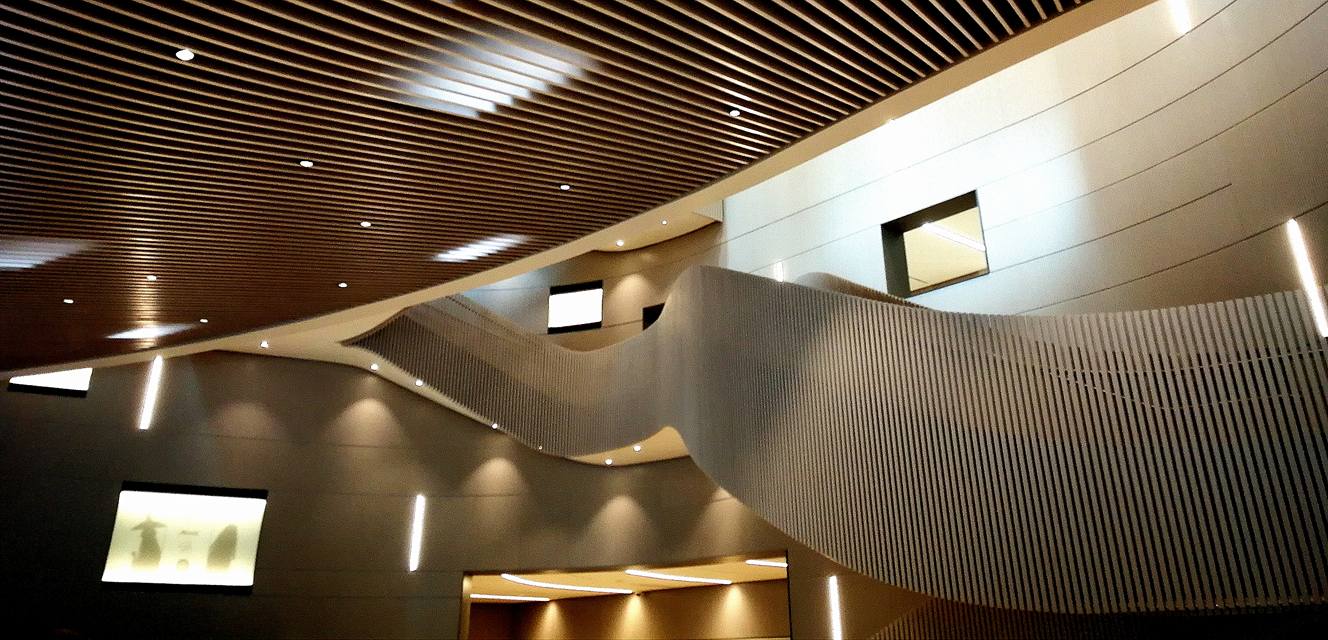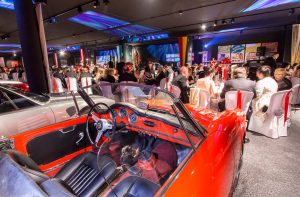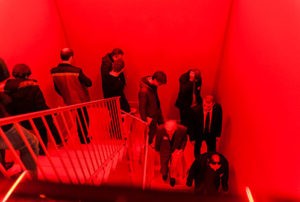
Brandscape Radici Future, this was the theme of the conference organised by Promemoria and Lavazza, which Museimpresa took part in. But what does Brandscape mean? According to the anthropologist John Sherry, credited with coining the term in 1986, the word is a mixture of brand and landscape.
Brandscape is also the ideal place for a rediscovery of industrial humanism that reconsiders the centrality of the person in relation to the work environment in which he or she operates and the society in which he or she acts.
This is the premise behind the creation of Nuvola Lavazza, which aims to be a portal open to the world, an ecosystem that connects the environment and the people who have made the Lavazza brand great. For some it is utopia, for others a dream. A dream made of welcome, dialogue and sharing. Because the cloud, by its very nature, welcomes, dialogues and shares. Starting with the fact that you only have to get close to it to discover that you can cross the threshold just as you would enter a cloud: access is free, anyone can cross the large atrium [...], there are no walls around the complex, just benches and a garden with flowerbeds full of trees. (Taken from the book "Nuvola Lavazza" - Cultura d'Impresa e trasformazioni della città").
Presenting the Nuvola Lavazza project Marco Montemaggi, sociologist, expert in Heritage Marketing, Brand Identity and Corporate Communication, who defined museums as "arks of conservation, protagonists of territorial culture". A definition that outlines the cultural, as well as physical, contours that businesses, their testimony and their return to cities and society, have. These words were perhaps inspired by the vision of Leon Battista Alberti who, as early as 1436, spoke of Filippo Brunelleschi's dome in Florence in this way: "Whoever was so hard and so envious could not praise Pippo the architect when he saw this great structure, erected above the skies of Florence, so large as to cover all the peoples of Tuscany with its shadow [...]".
Montemaggi spoke with Giuseppe Lavazza (Vice President), Arch. Cino Zucchi and Andrea Montorio, Promemoria "L'archivio storico spin-off del museo" Mirko Cerami, RAA More than a museum before presenting the in-depth discussion "Cultura e strategia d'impresa per un nuovo umanesimo industriale" (Culture and business strategy for a new industrial humanism), with the participation of Dario Voltattorni representing Museimpresa.
It was a privilege for us to be able to have a preview visit to the Lavazza Museum and enjoy a light lunch that amazed and won us over at Condividere, the gourmet restaurant designed by Oscar-winning Dante Ferretti and conceived by chef Ferran Adrià, who is joined by the talent of chef Federico Zanasi: "We will bring the history of Italian food back to the centre, so that at the table people can enjoy an authentic experience of sharing that is approachable, comprehensible and projected towards the future," said the chef.
The day ended with the Annual Members' Meeting Museimpresa which welcomed with applause the Lavazza Museum's membership of the association. The next appointment will be in Naples for the residential seminar and the Business Culture Week to be held in November, for which we are already preparing a programme. to share, Nuvola Lavazza docet.
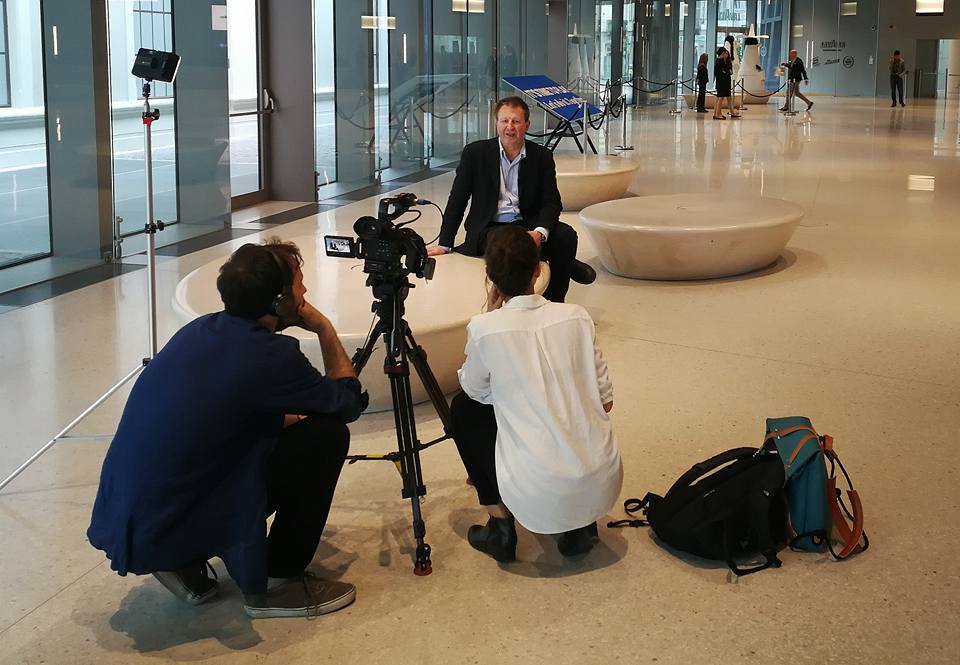
Architect Cino Zucchi
Cino Zucchi, Milanese architect born in 1955, graduated from MIT in Cambridge in Art and Design and in Architecture at the Polytechnic of Milan (1979), where he teaches Architectural and Urban Design. He has held numerous seminars and conferences in the most prestigious universities and academies such as Harvard, Florence, Madrid and Zurich.
Studio Zucchi has realised well-known and award-winning projects, mainly aimed at the redesign of industrial, rural and historically important areas, among which the ex-Junghans factory in Venice; the project for sector 2b-2c of the ex Alfa Romeo Portello area in Milan; the Epano Skala port in Mytilene-Lesbo; the reform of the mining area in Herten in the Ruhr and the Keski Pasila area in Helsinki stand out.
An active member of the organization and setting up of several Triennials in Milan, Zucchi's work has been exhibited several times at the Venice Architecture Biennale: the installation Copycat (2012) won the special mention of the jury, for having best represented the relational theme "Common Ground" of the Biennale.
Curiosity from the Fratelli Cozzi Museum: Do you want to know a secret? It was the arch. Cino Zucchi to suggest to Elisabetta Cozzi the architects Gabriele and Oscar Buratti for the realization of the Concessionary and therefore of the Museum!!!
Among his most famous projects are
- Copycat. Empathy and Envy as Form-makers - Venice Biennale (Italy), 2012
- Residential buildings at Nuovo Portello, Milan (Italy), 2008
- Museo Nazionale dell'Automobile, Turin (Italy), 2005
- Project for sector 2b-2c of the former Alfa Romeo Portello area, Milan (Italy), 2003
- Masterplan Central Pasila, Helsinki (Finland), 2003
- Project for the former Junghans area, Venice (Italy), 2002
- Private museum of textile moulds, Milan (Italy), 1999
- Renovation of the Fiera district in Abbiategrasso (Italy), 1997
- Office building and private museum, Casorezzo, Milan (Italy), 1990-1994

